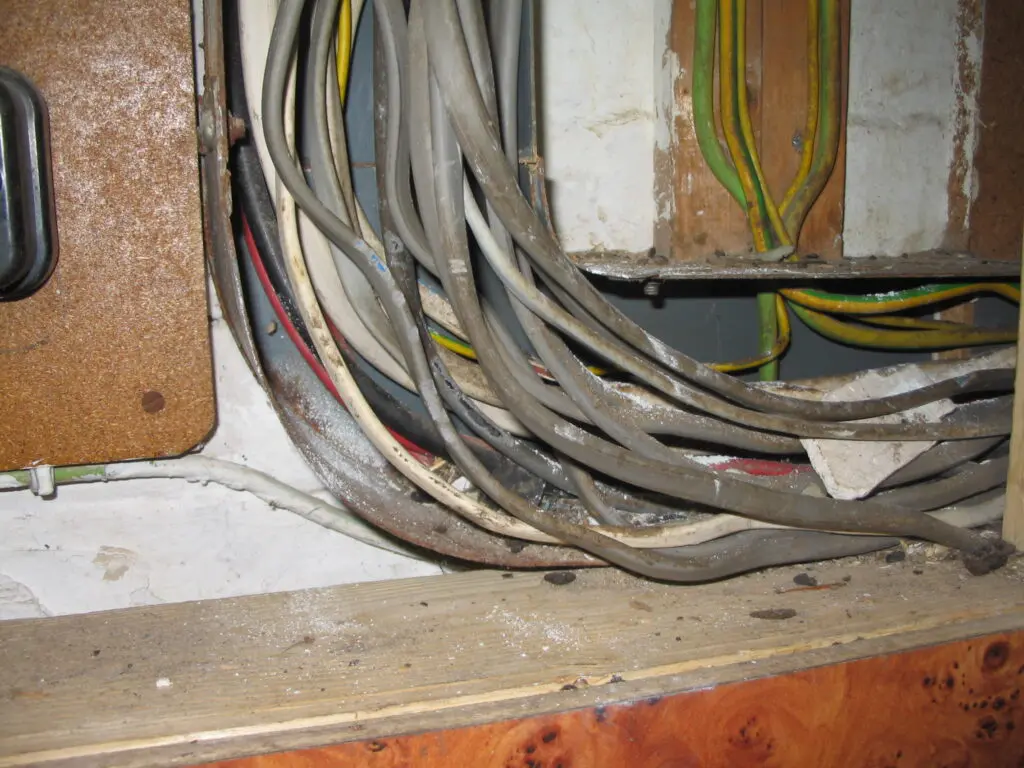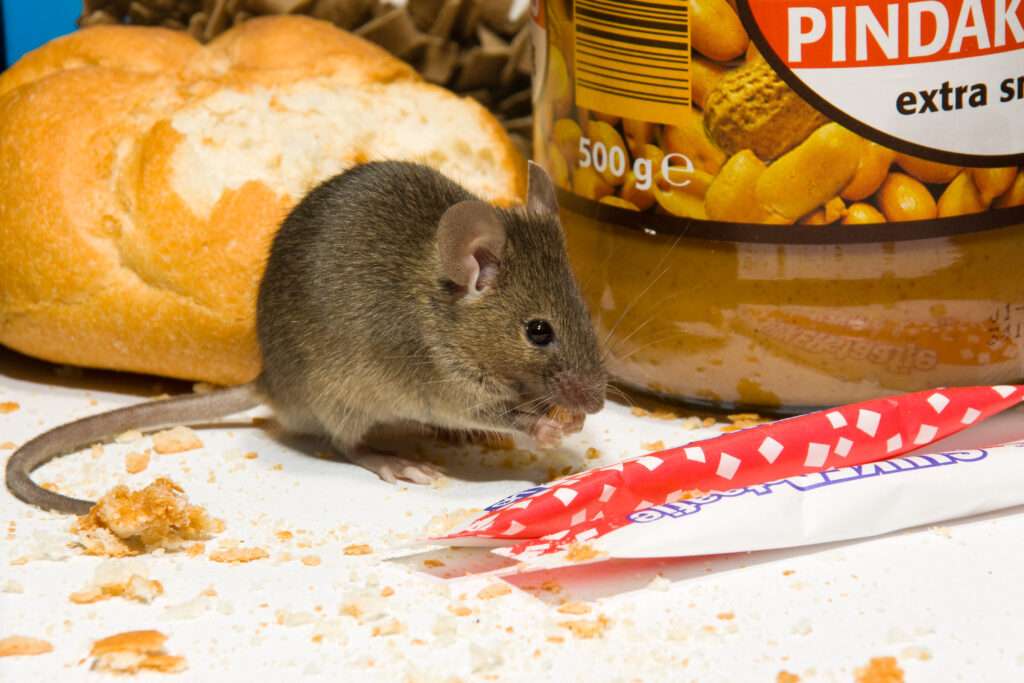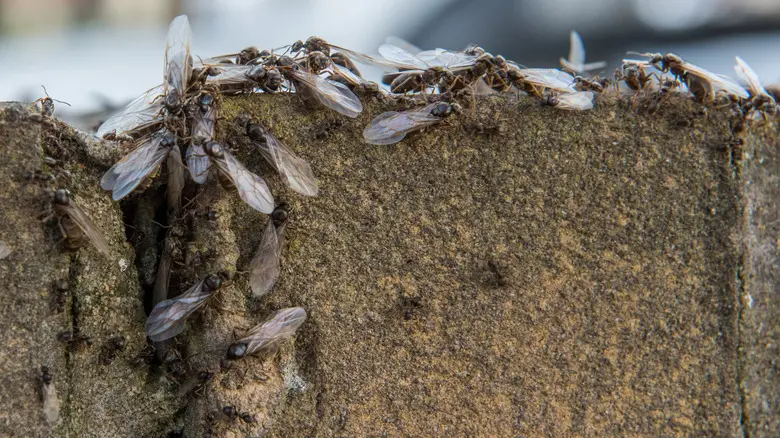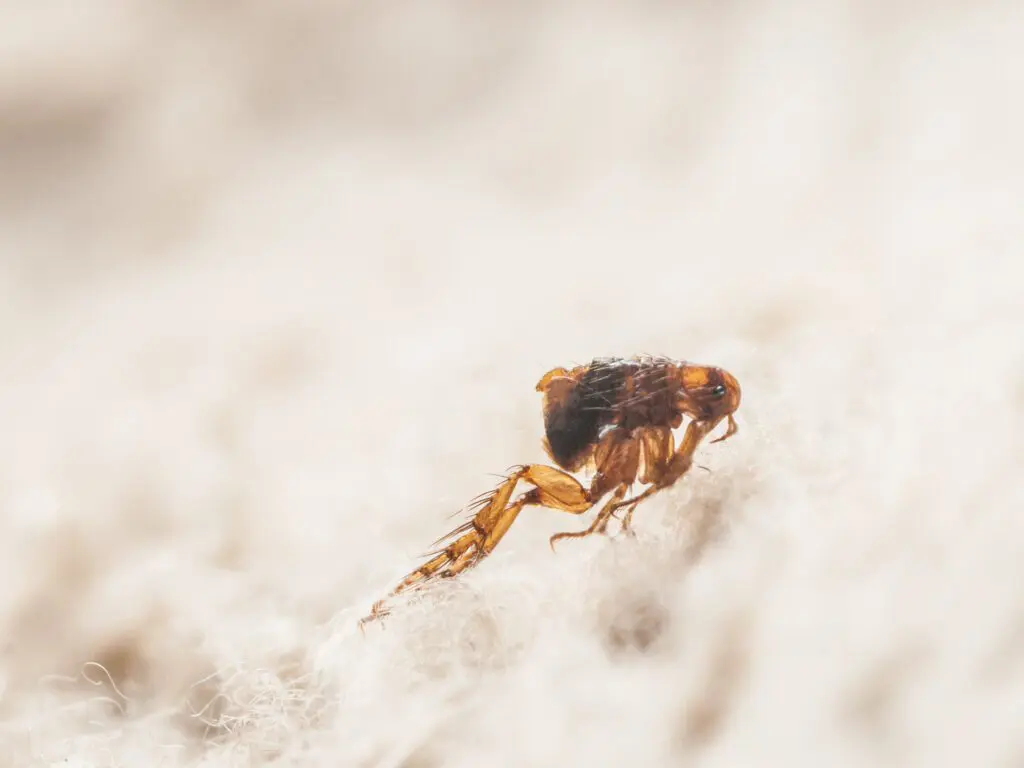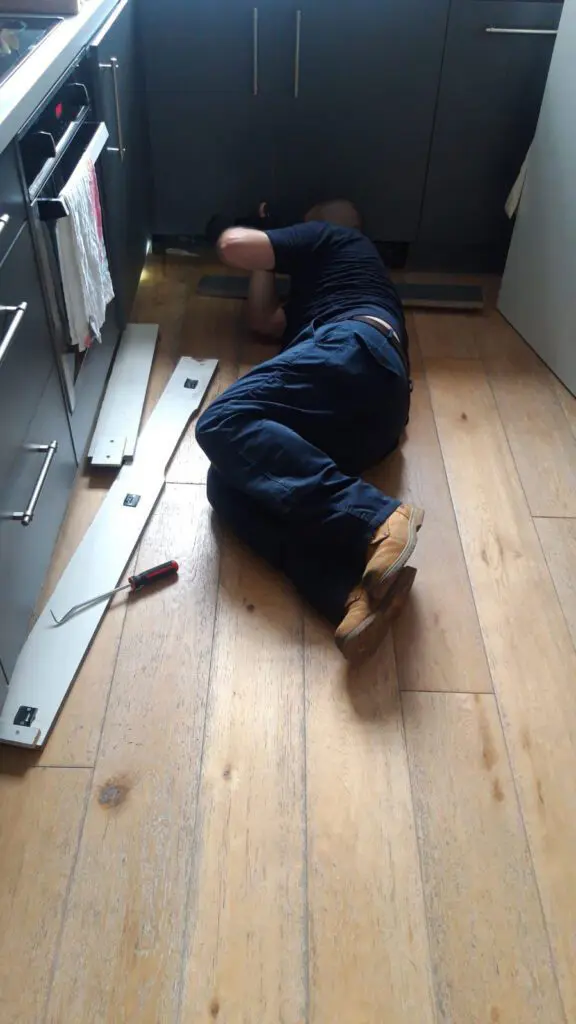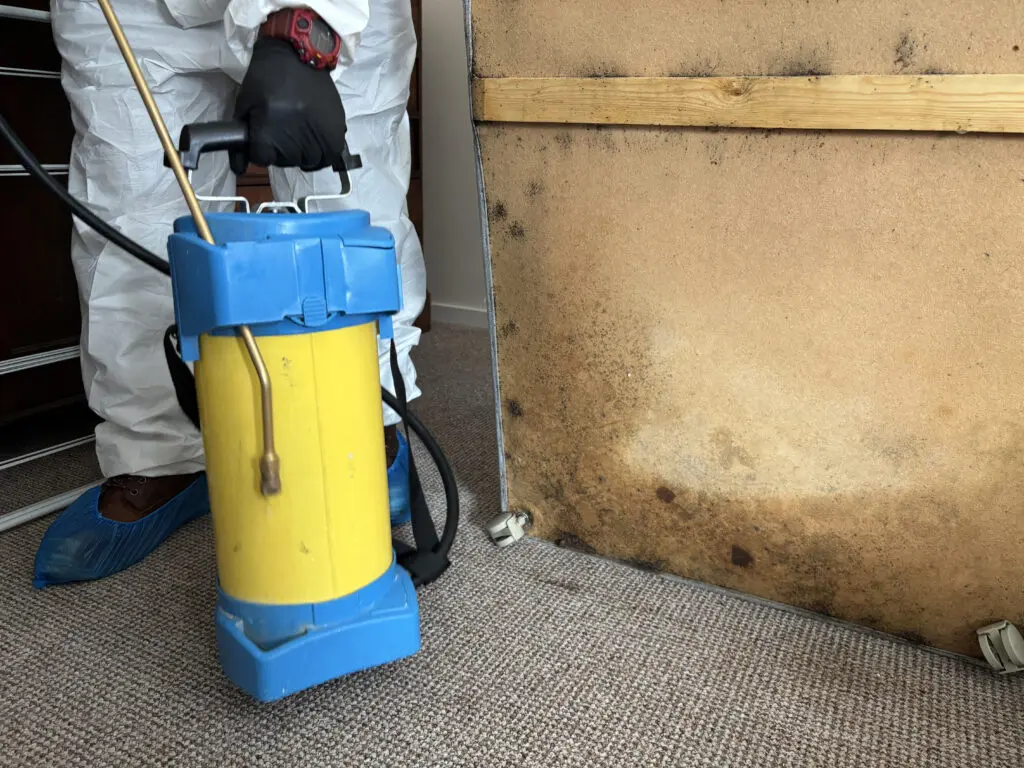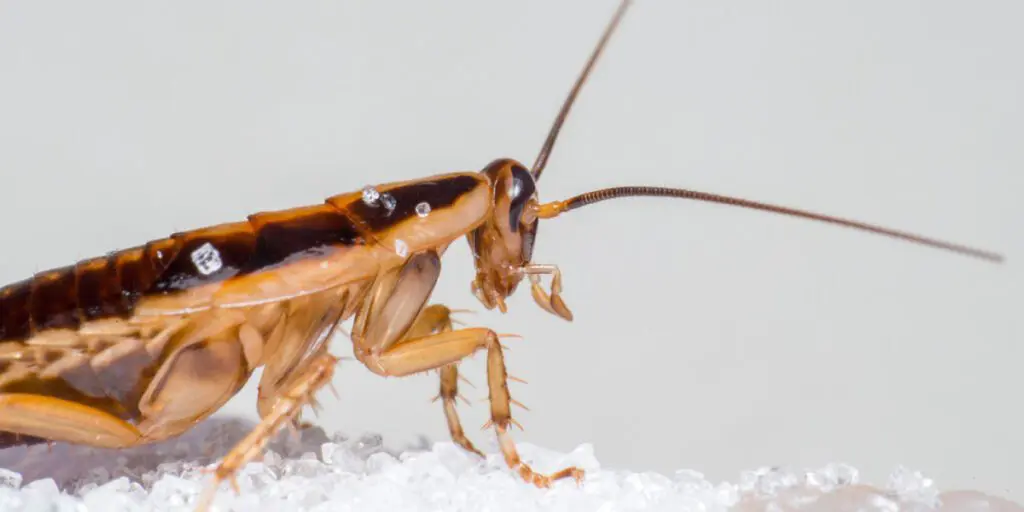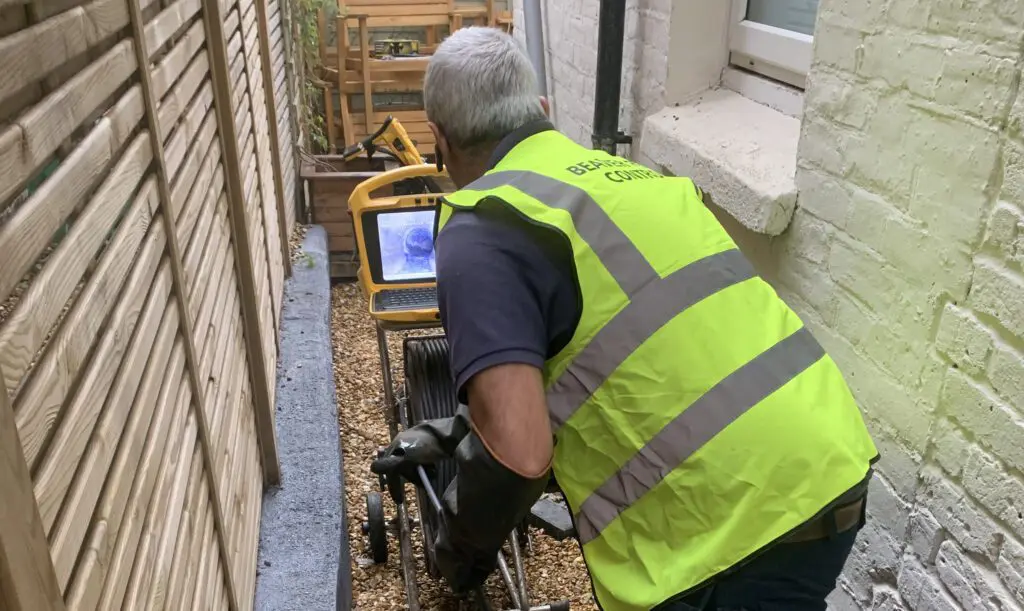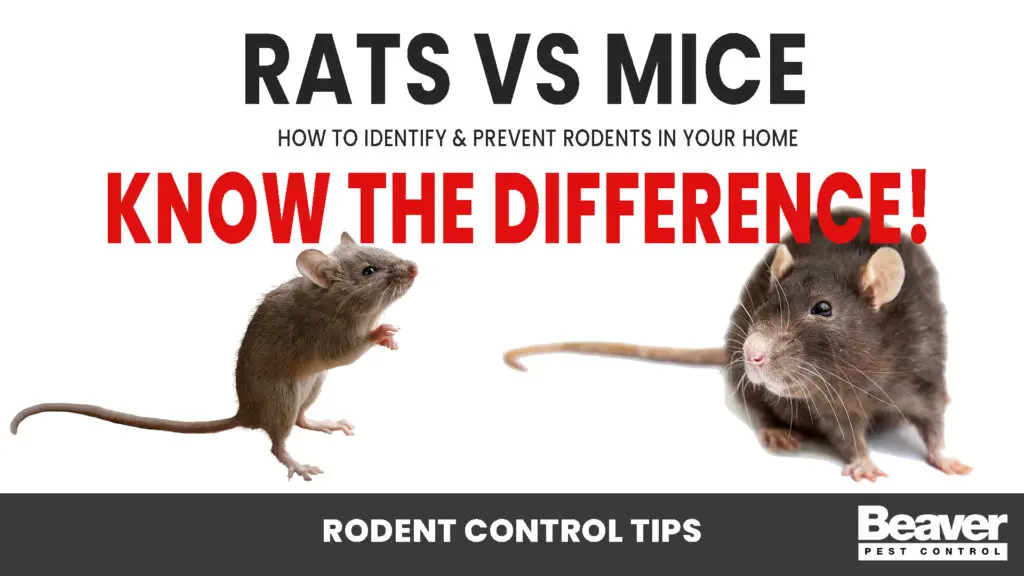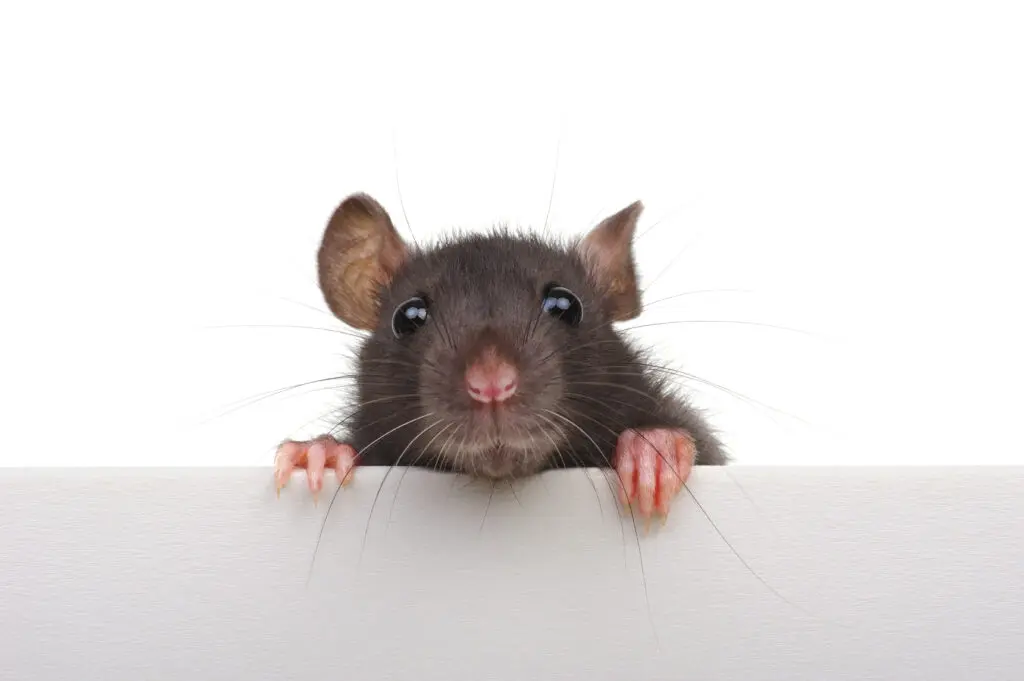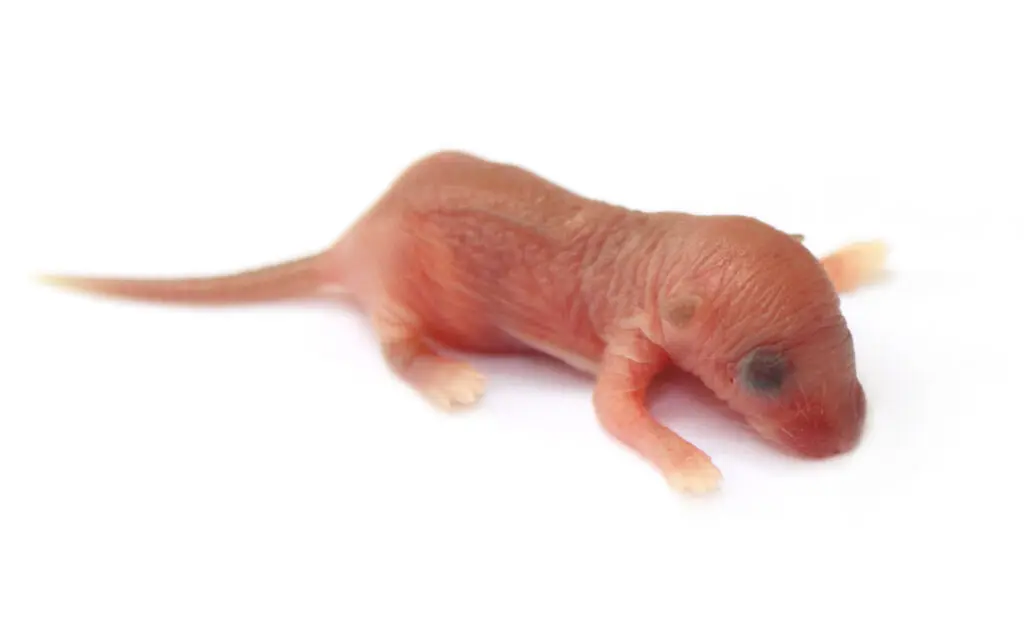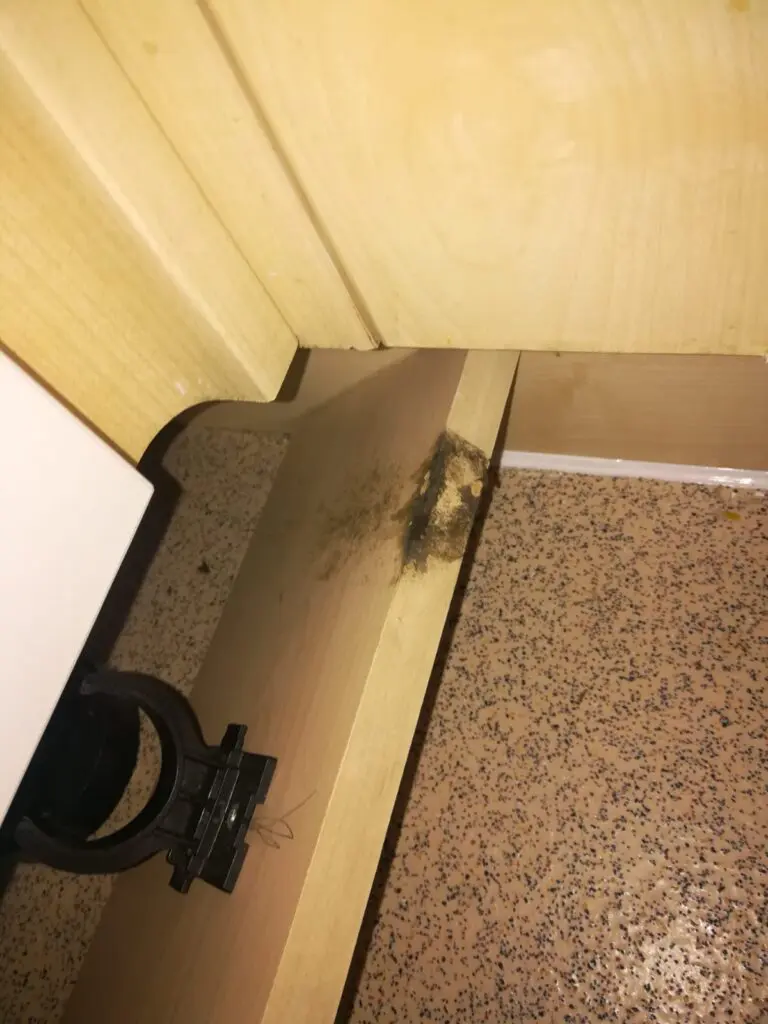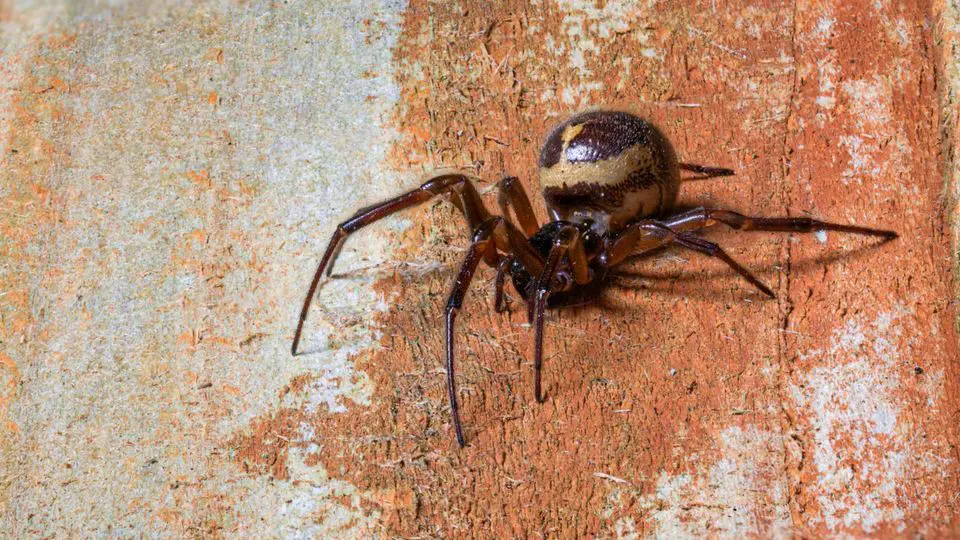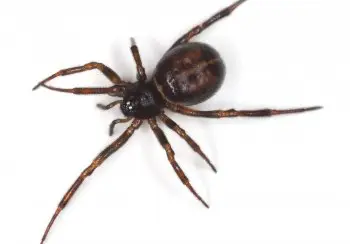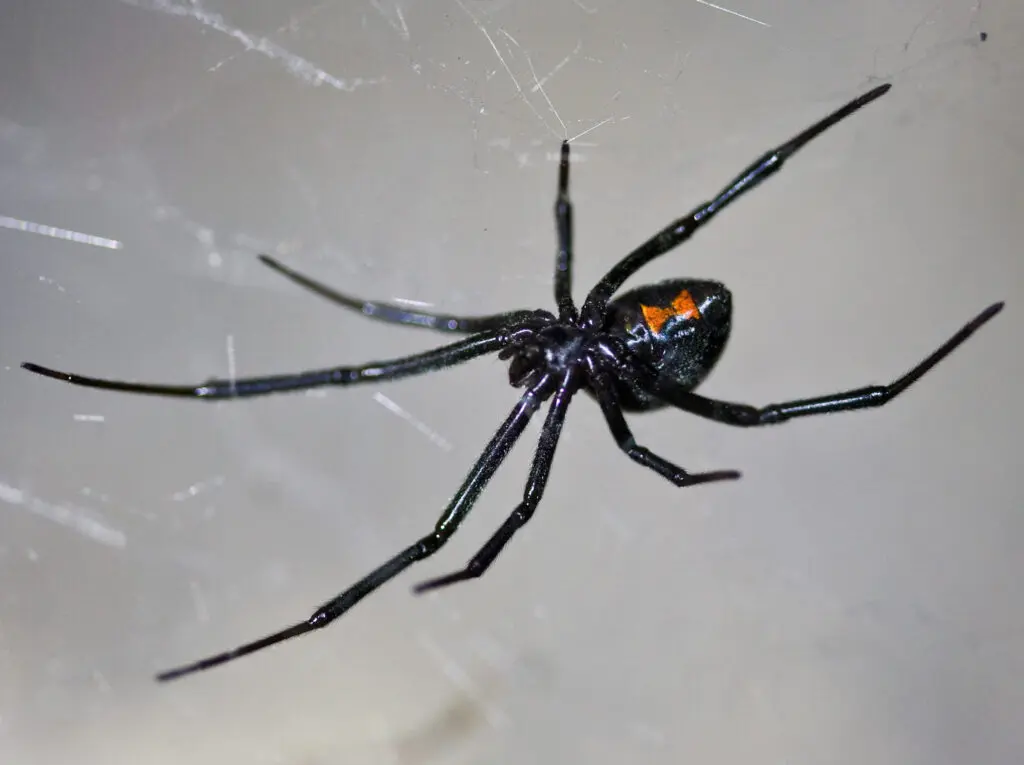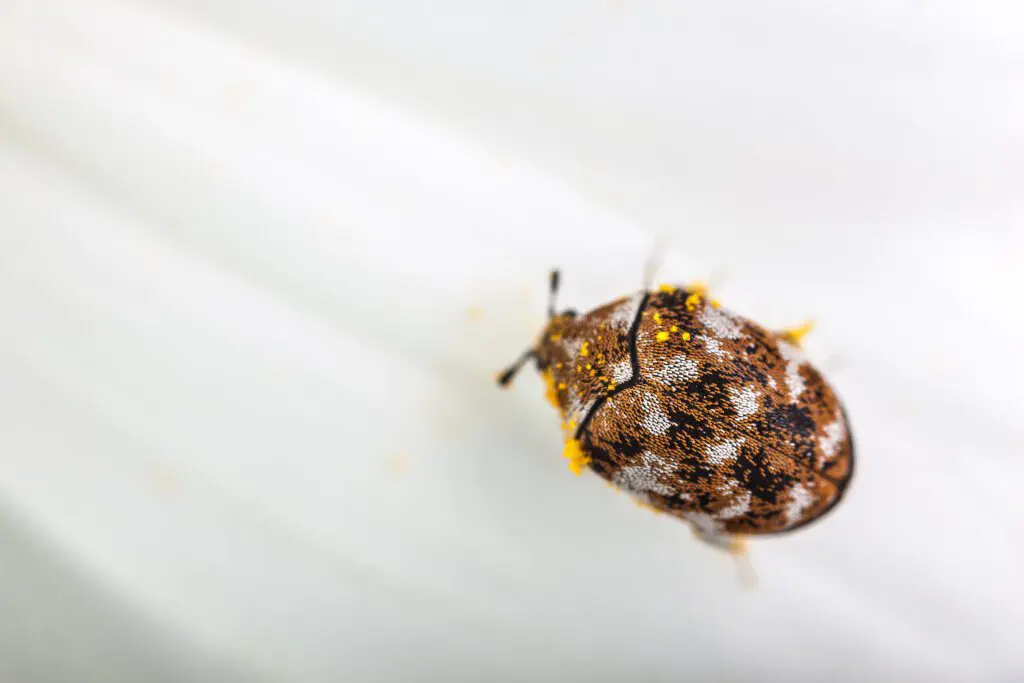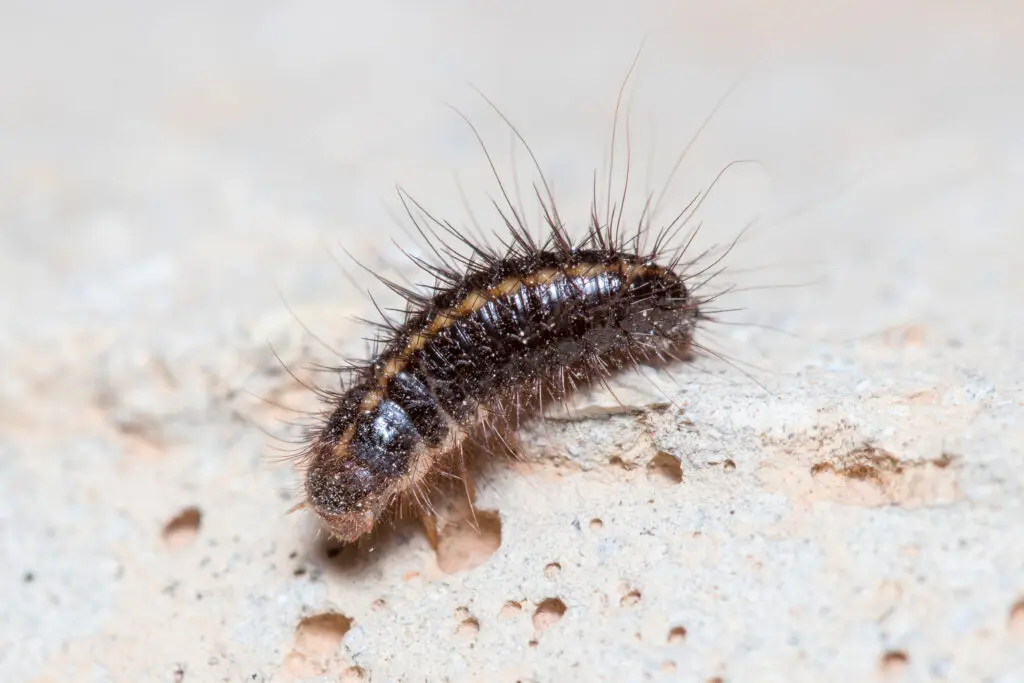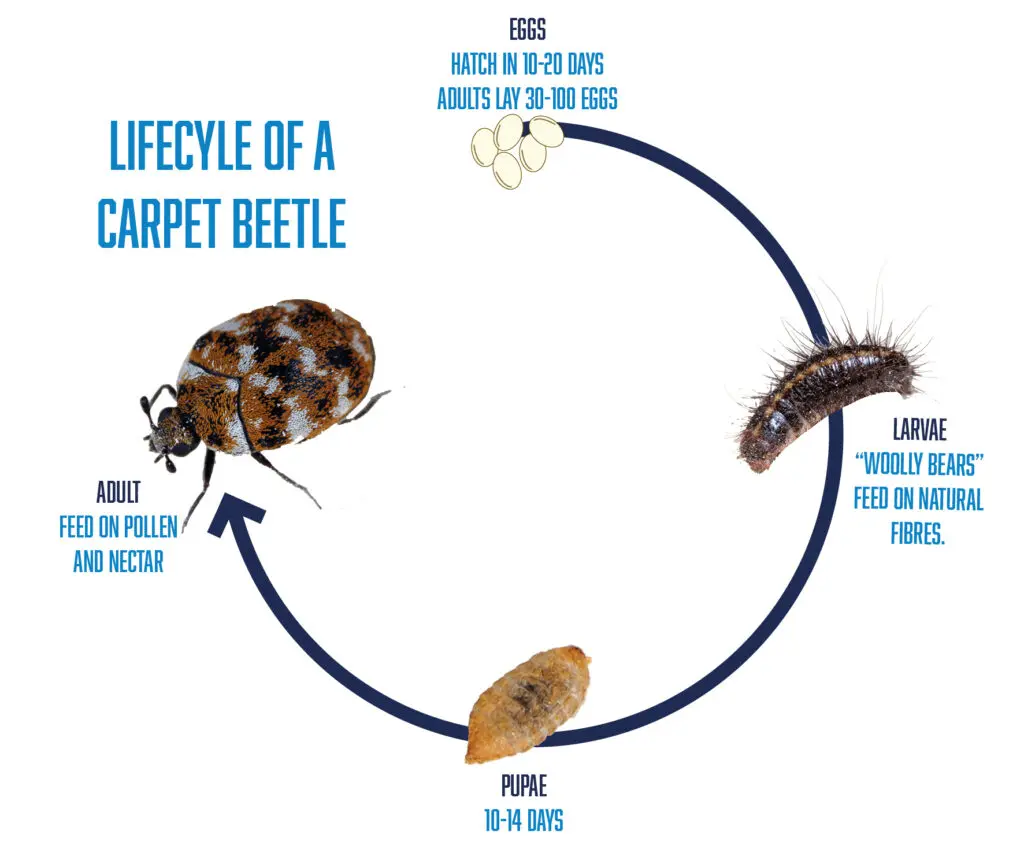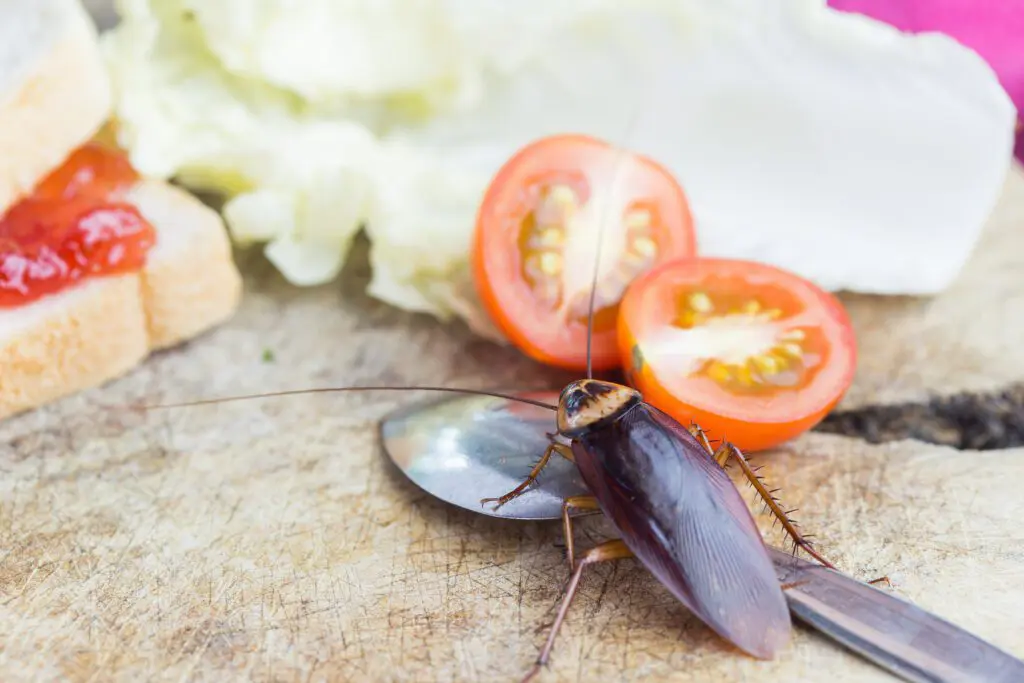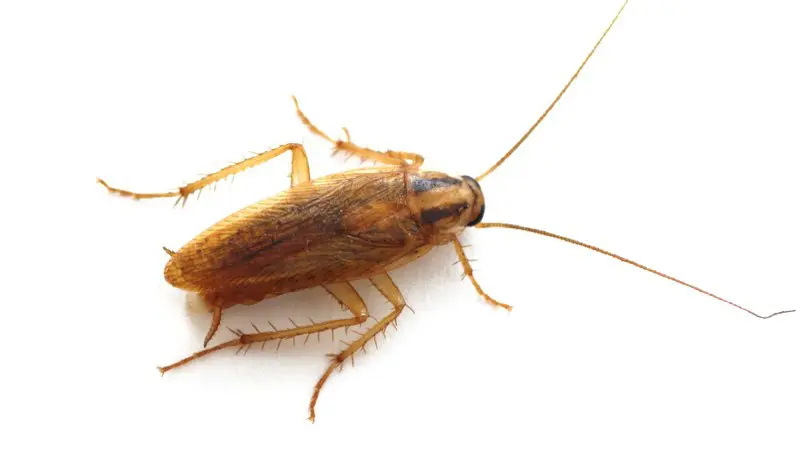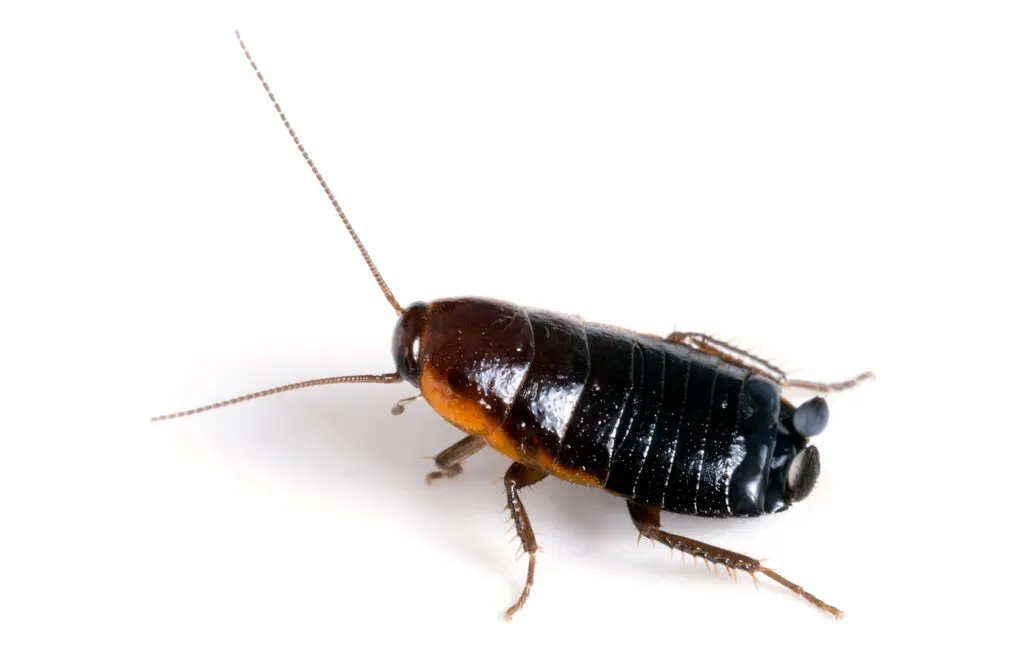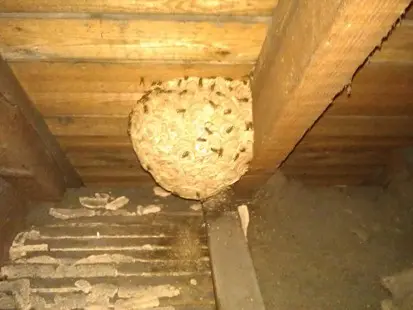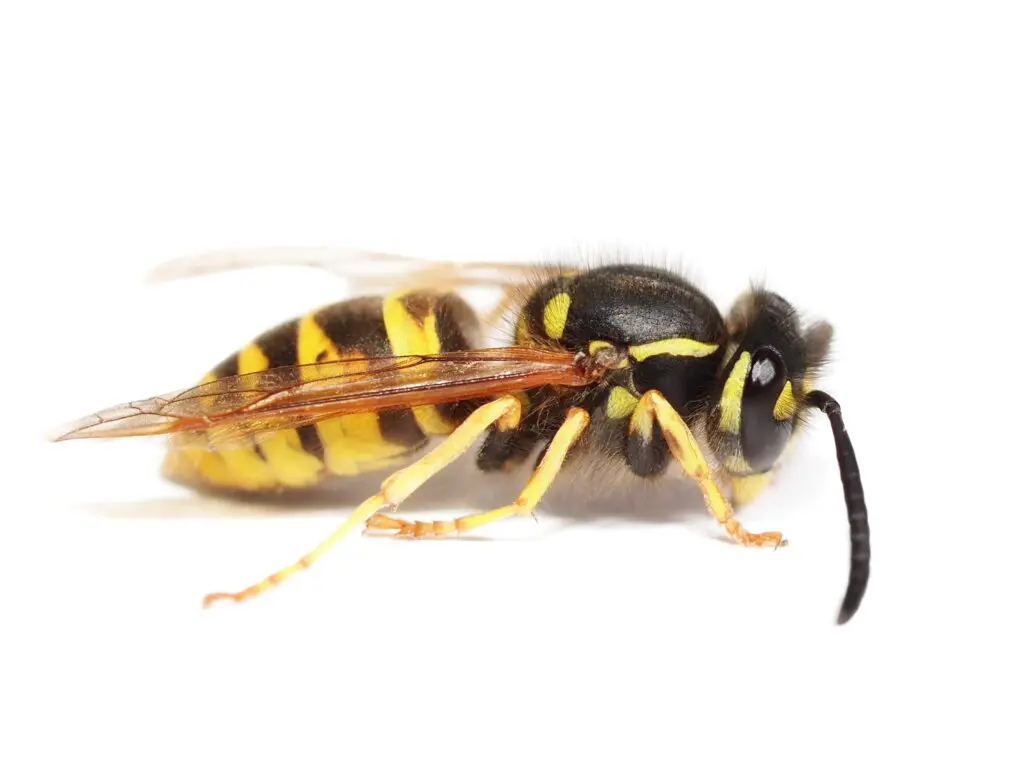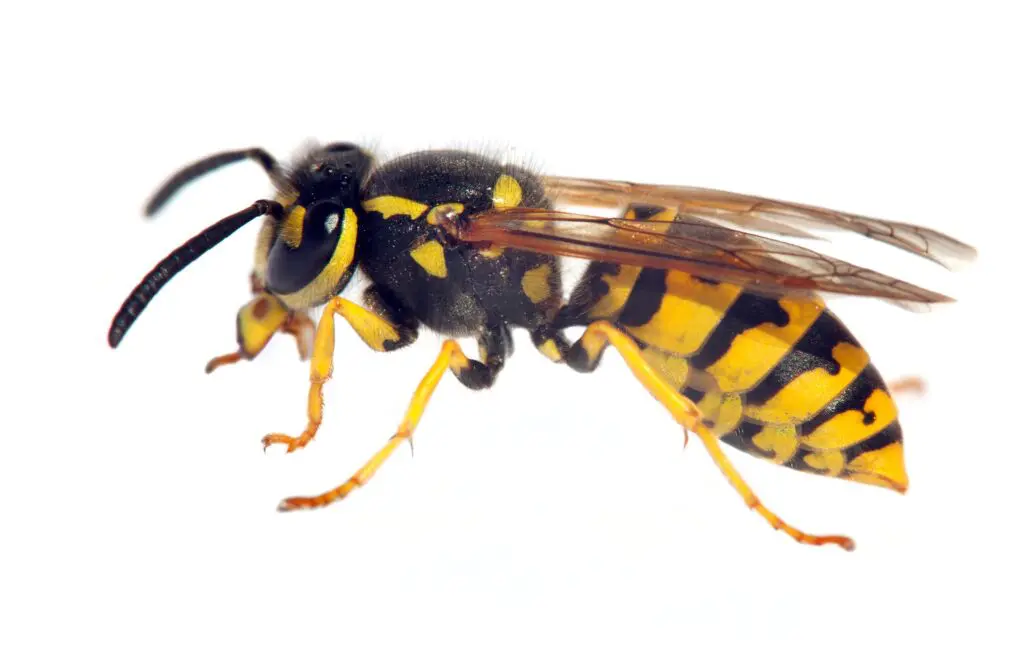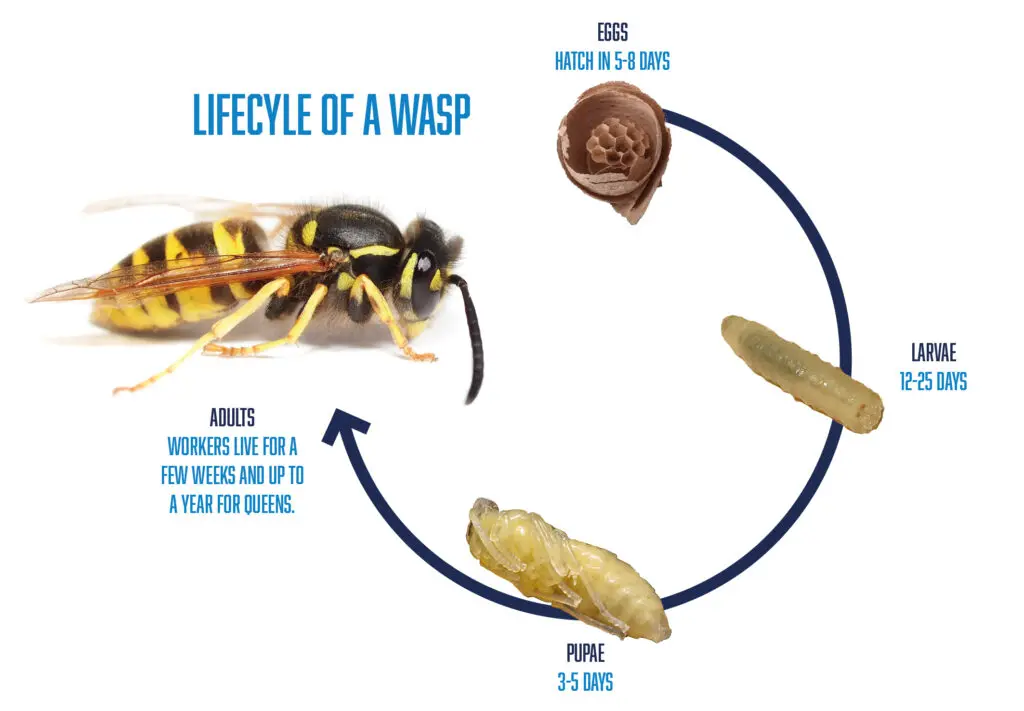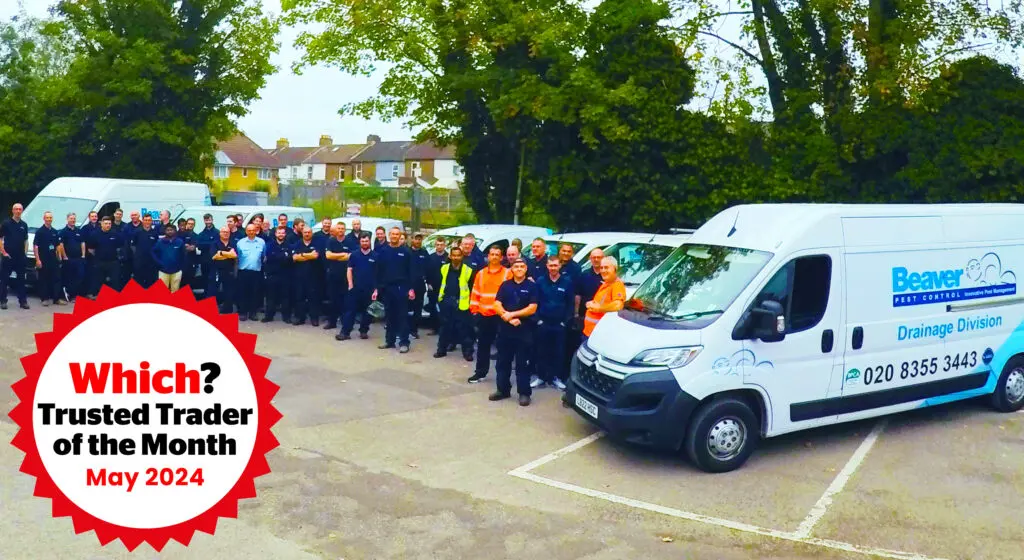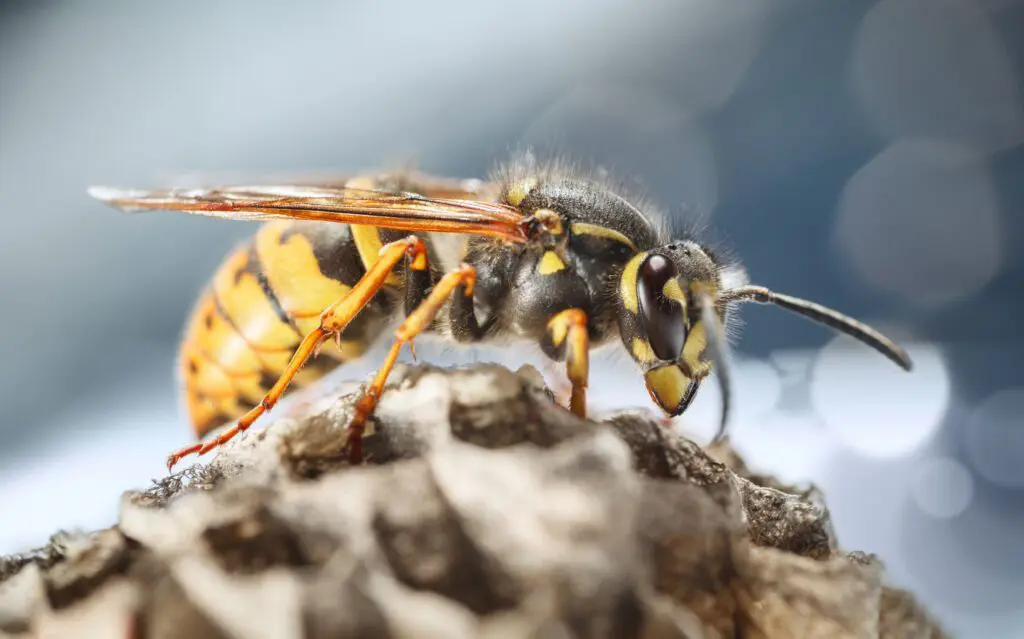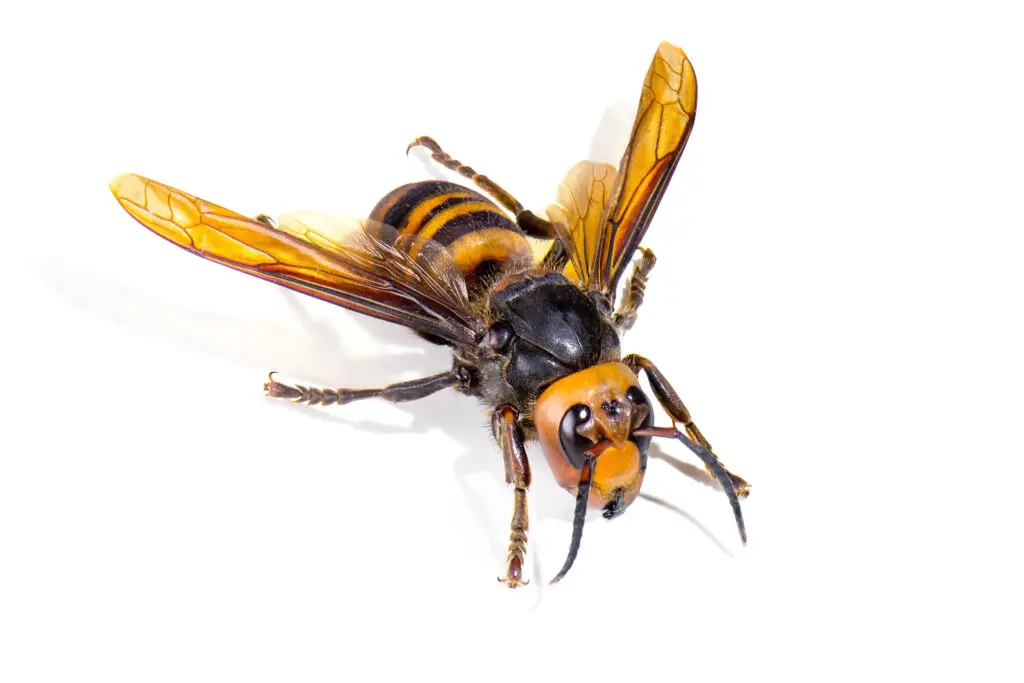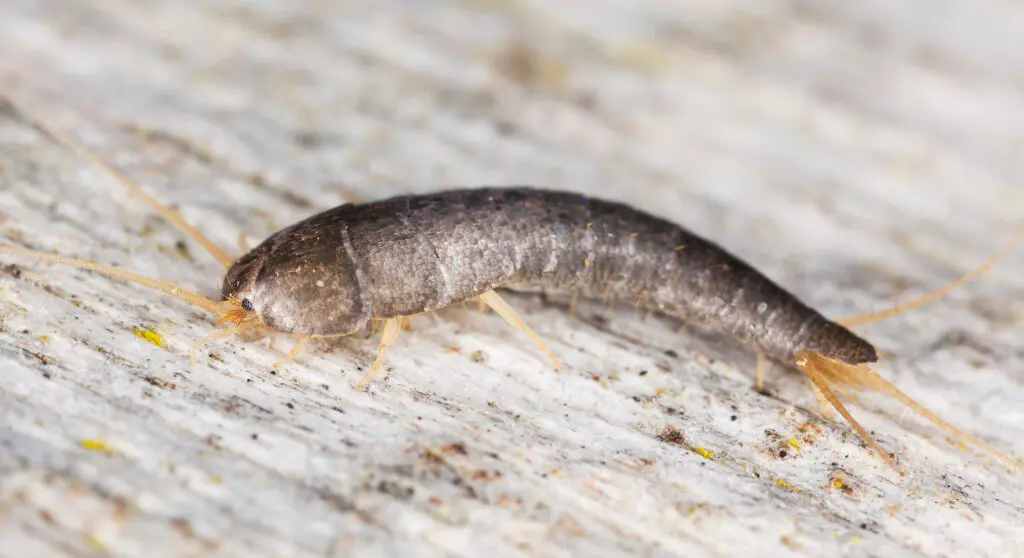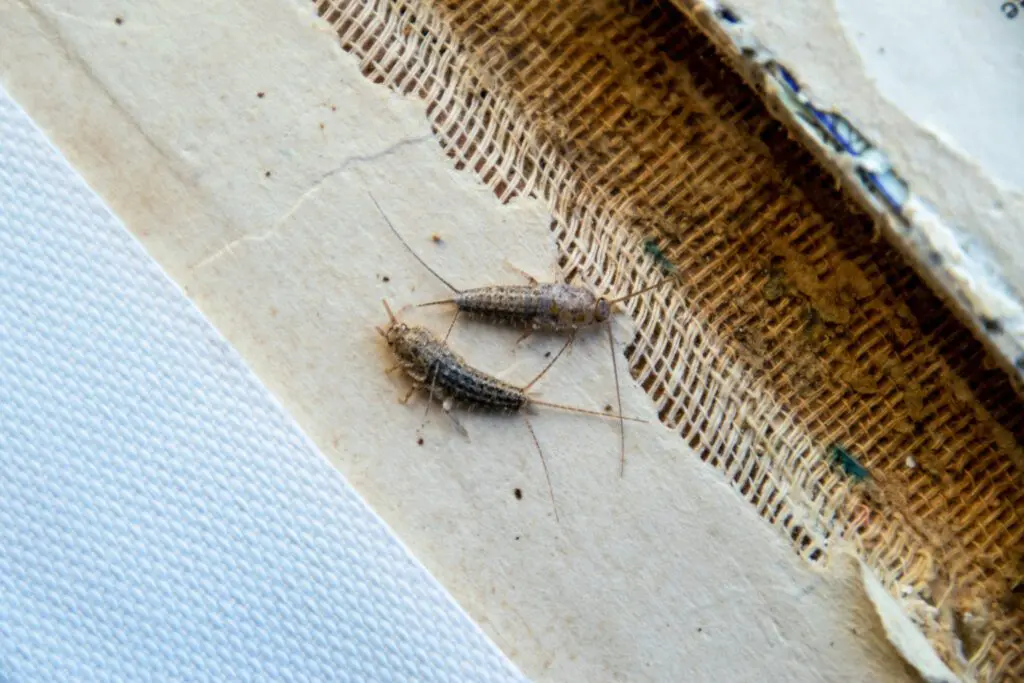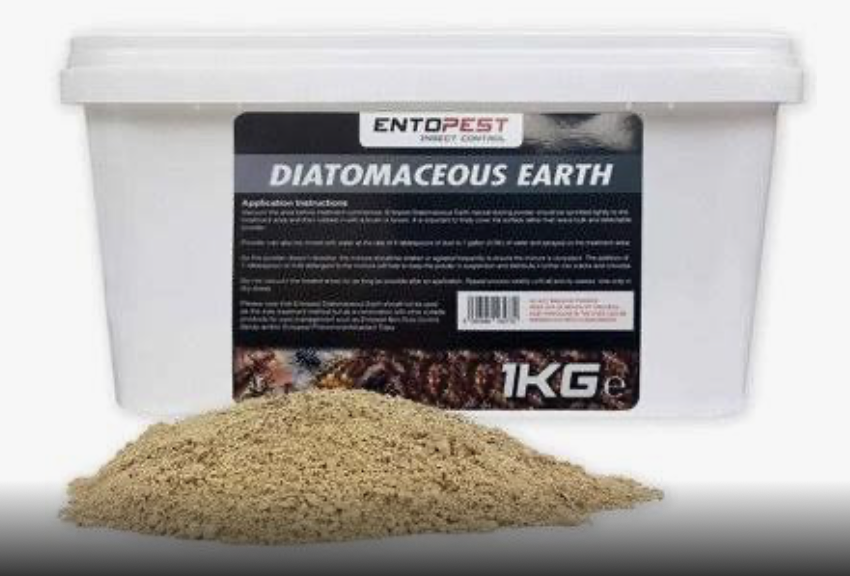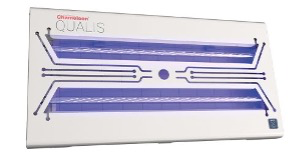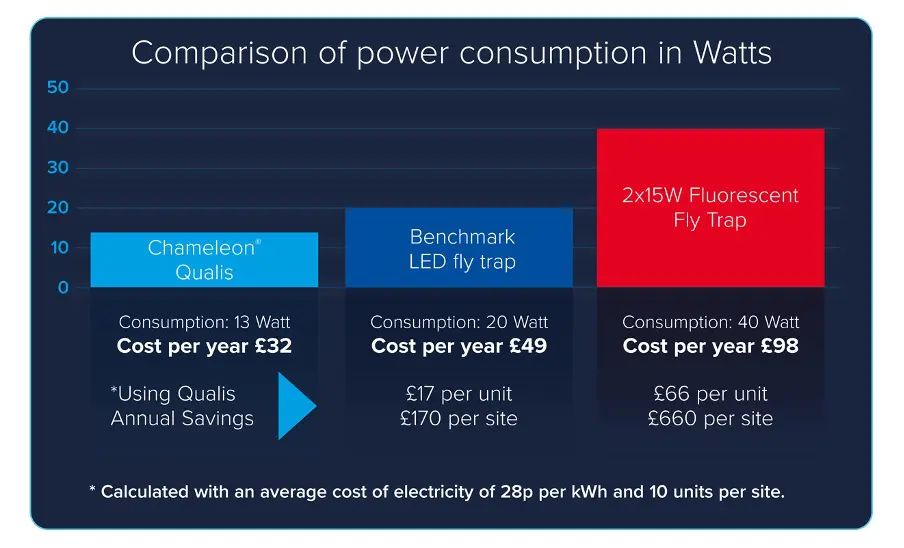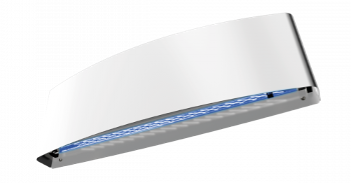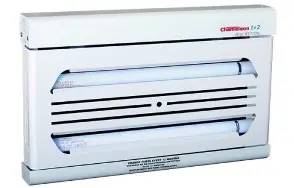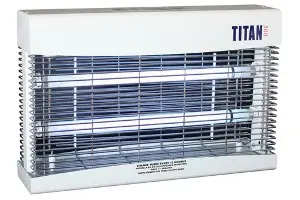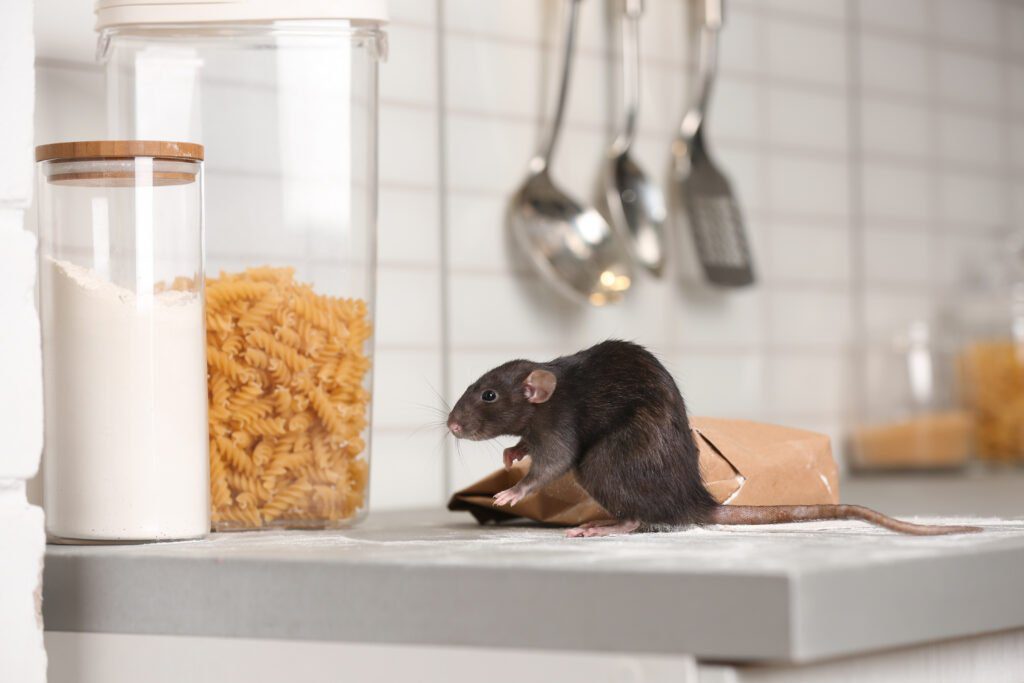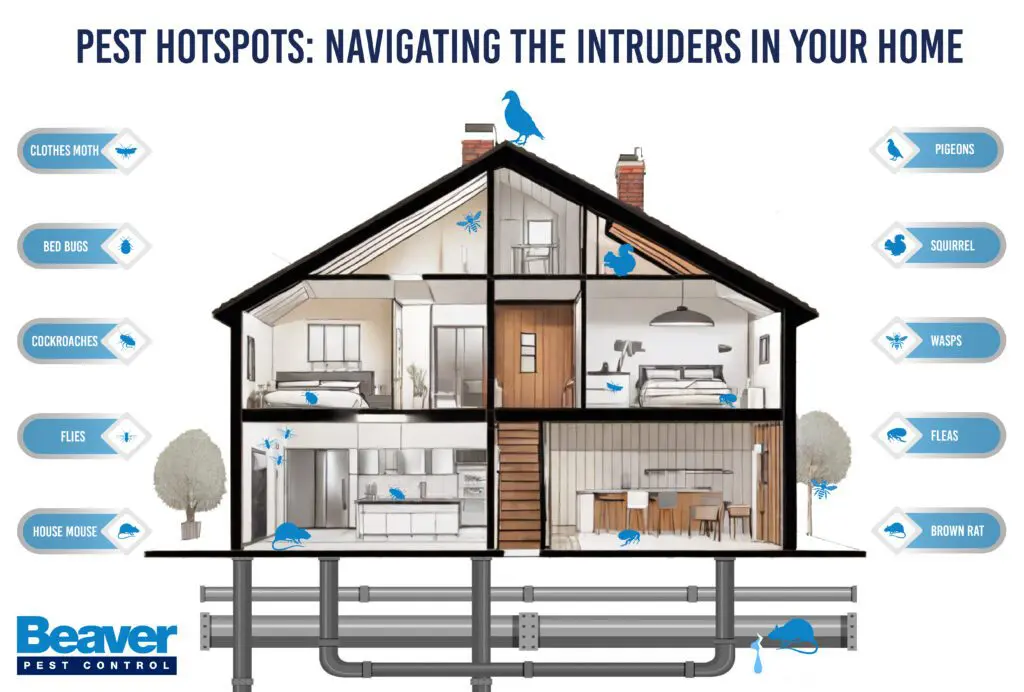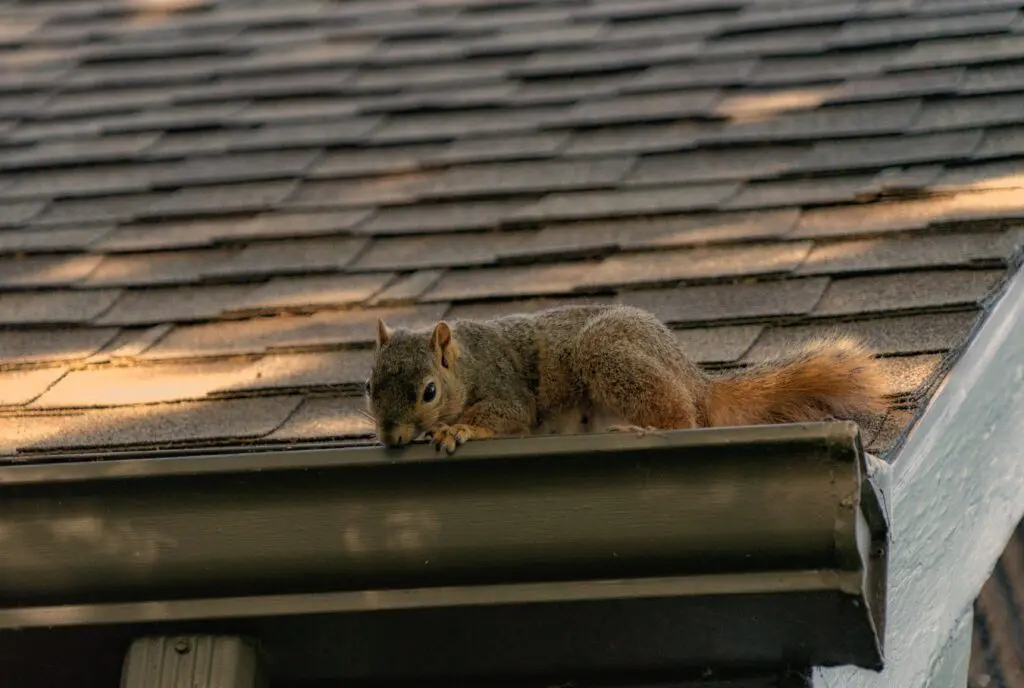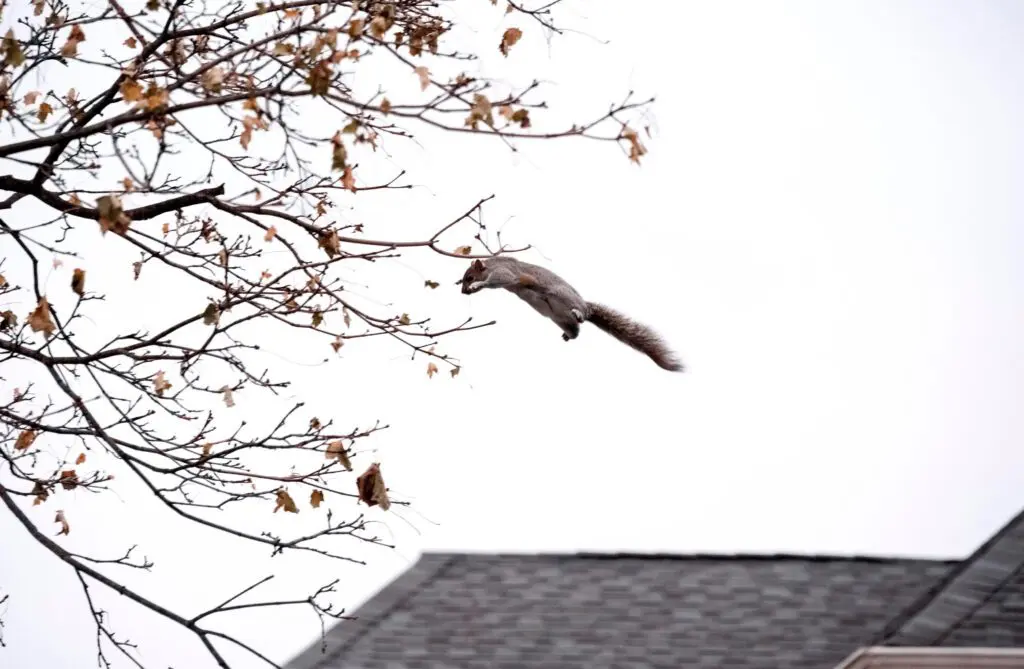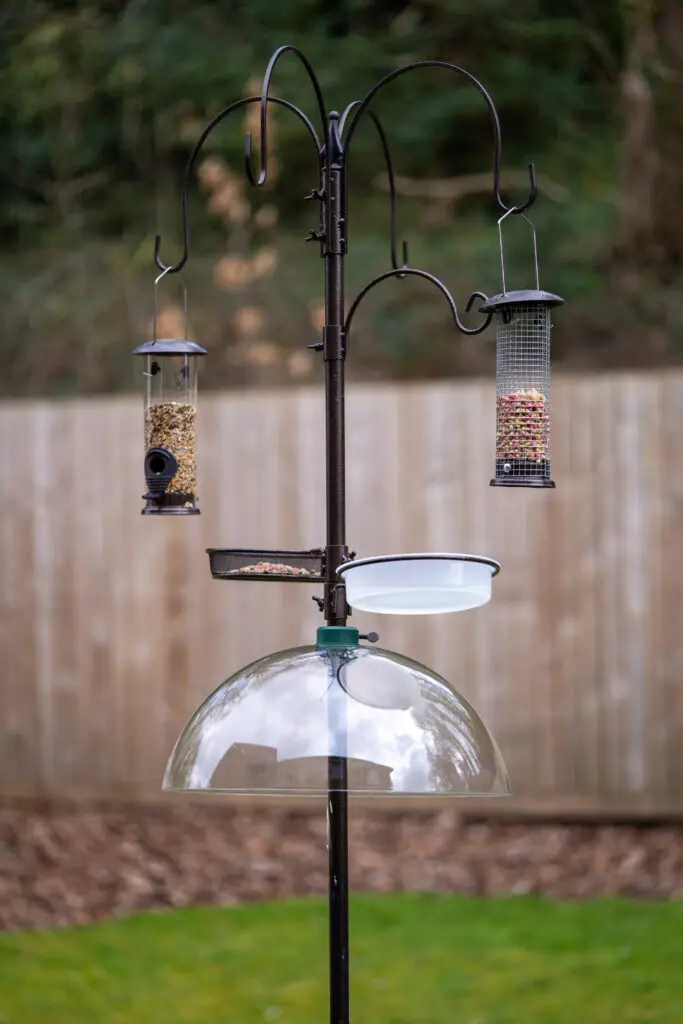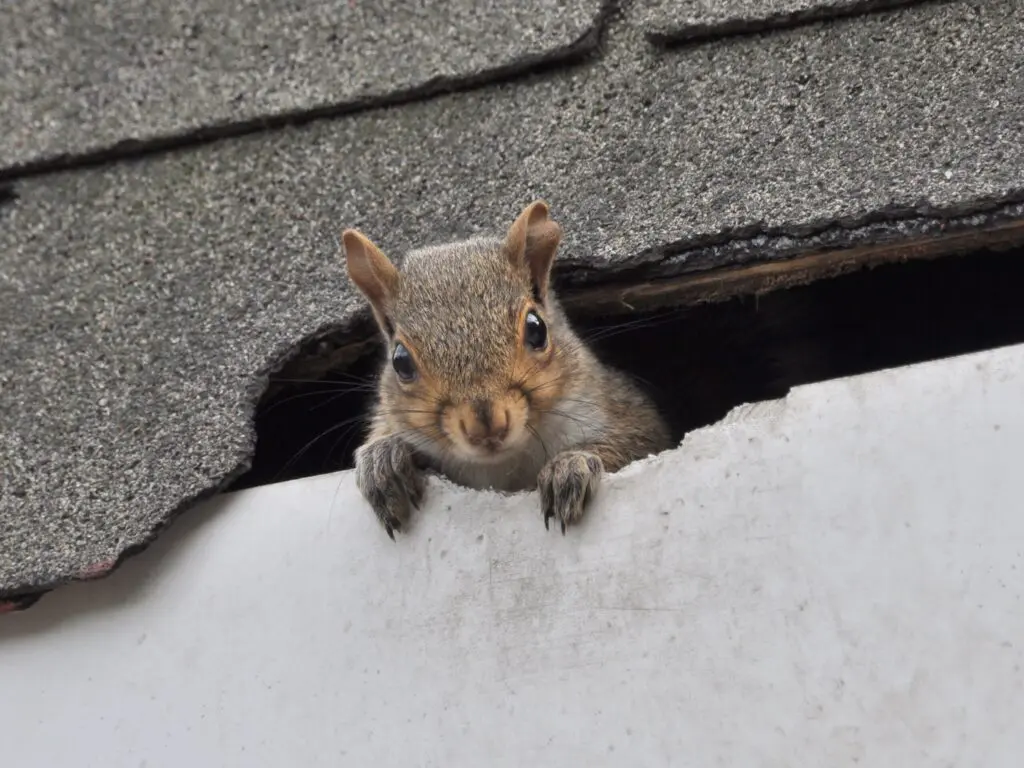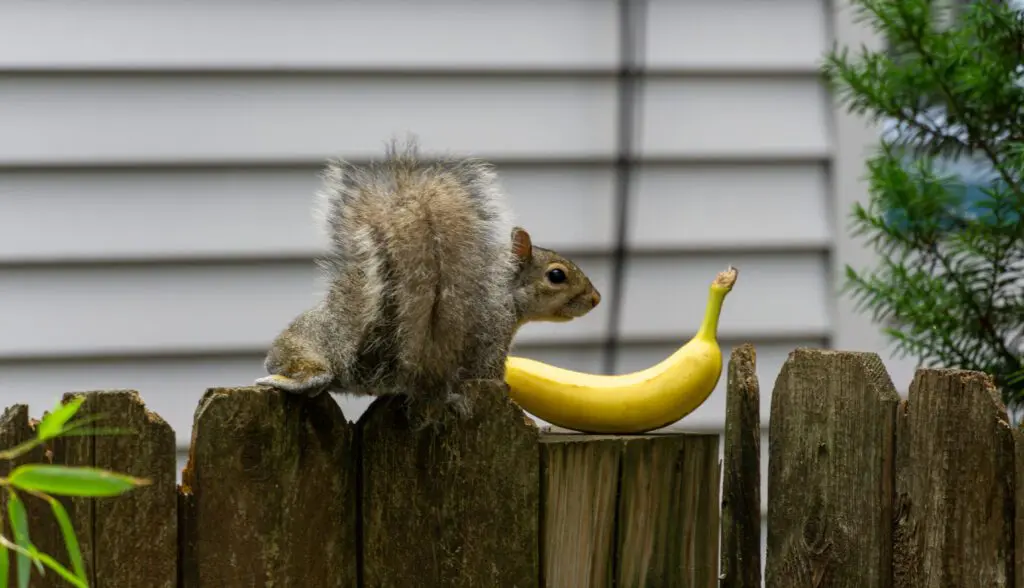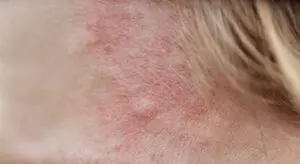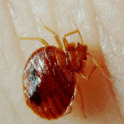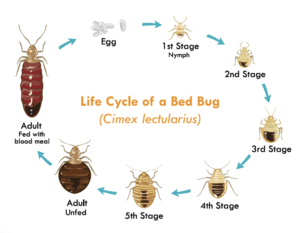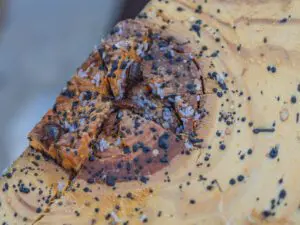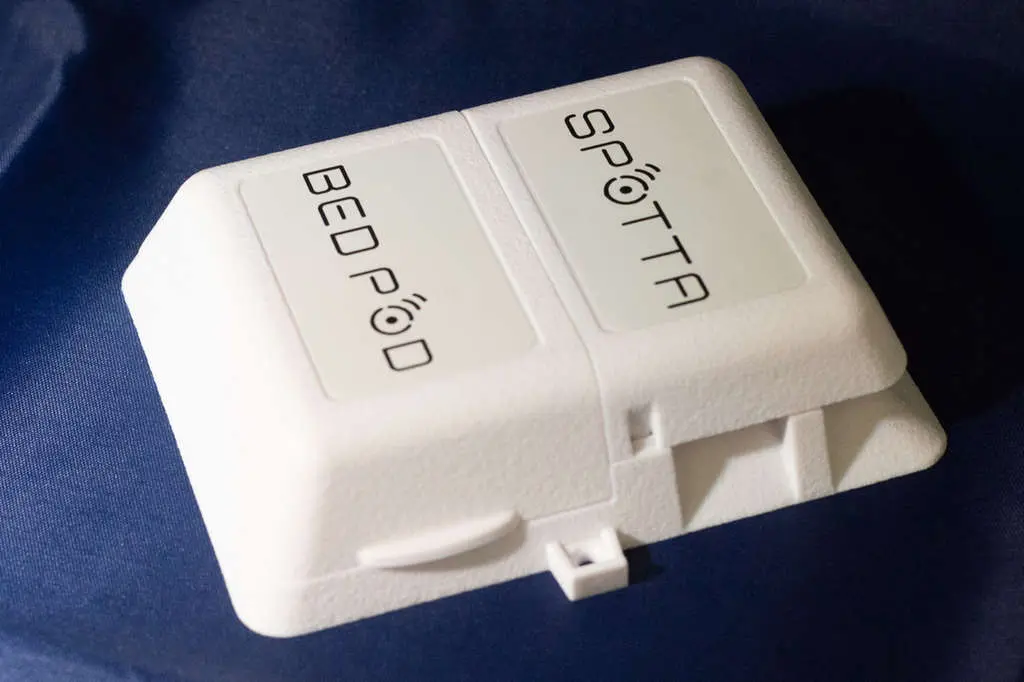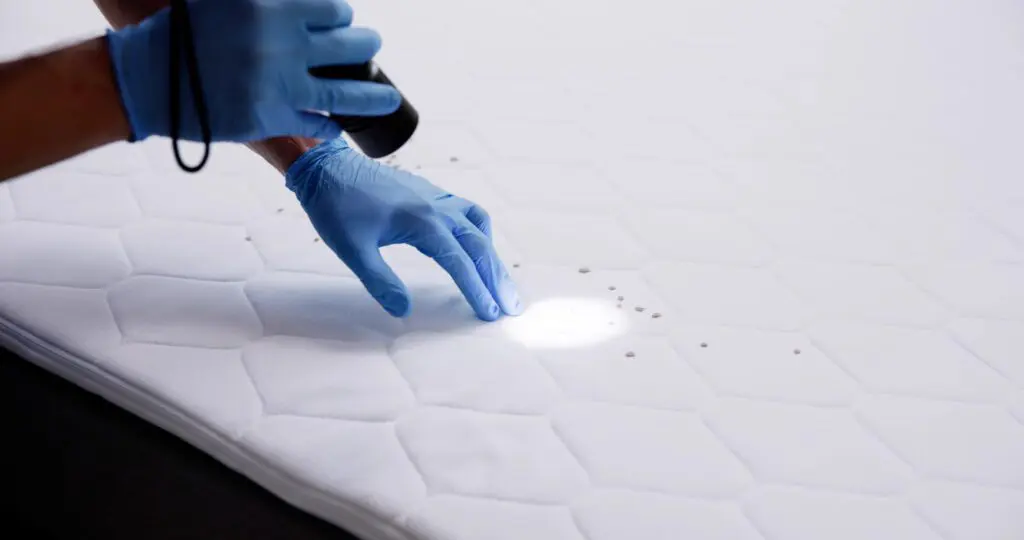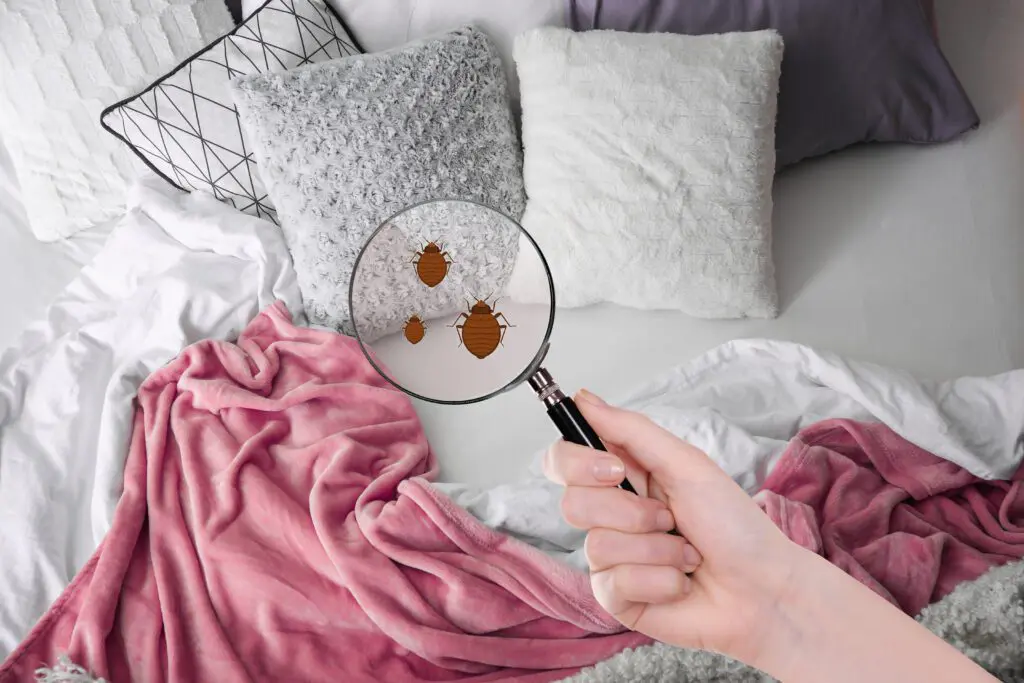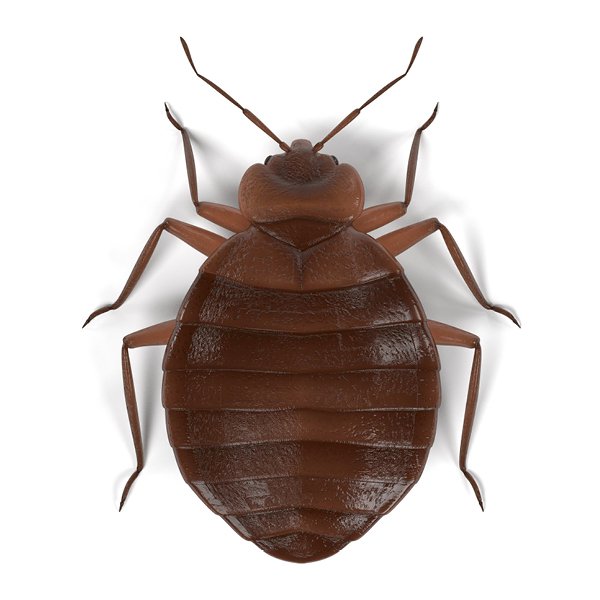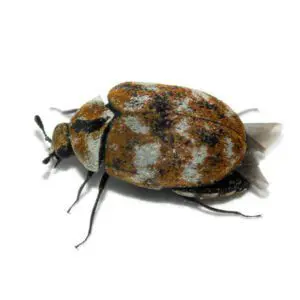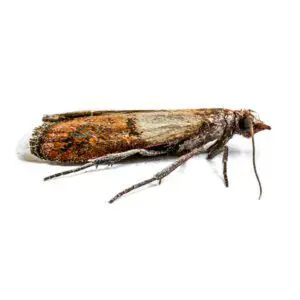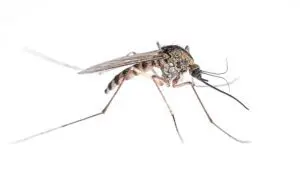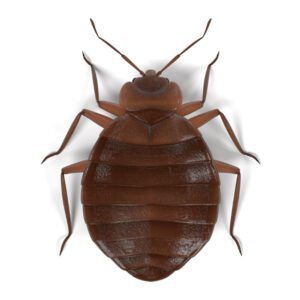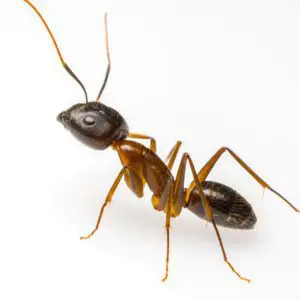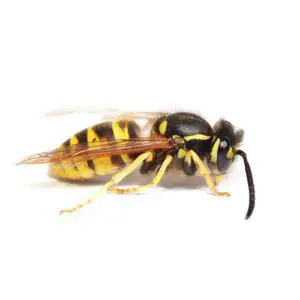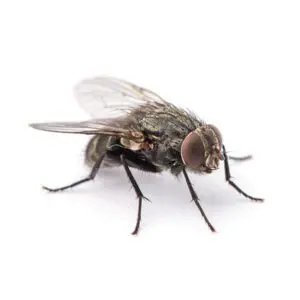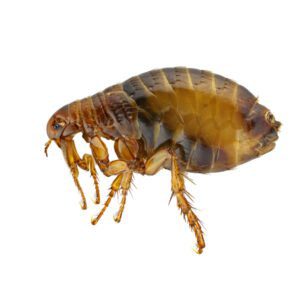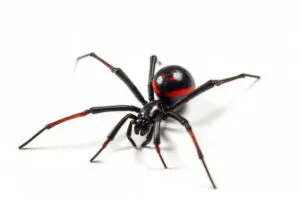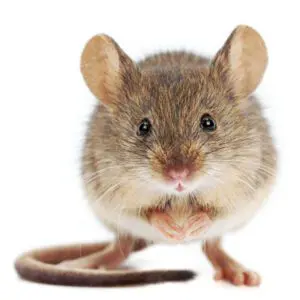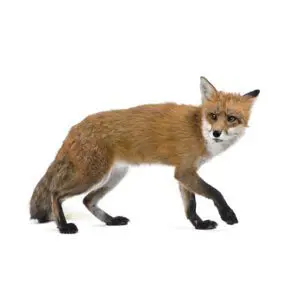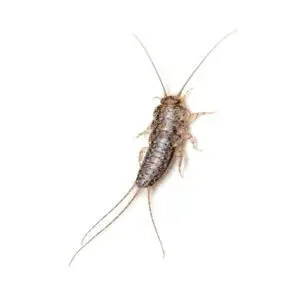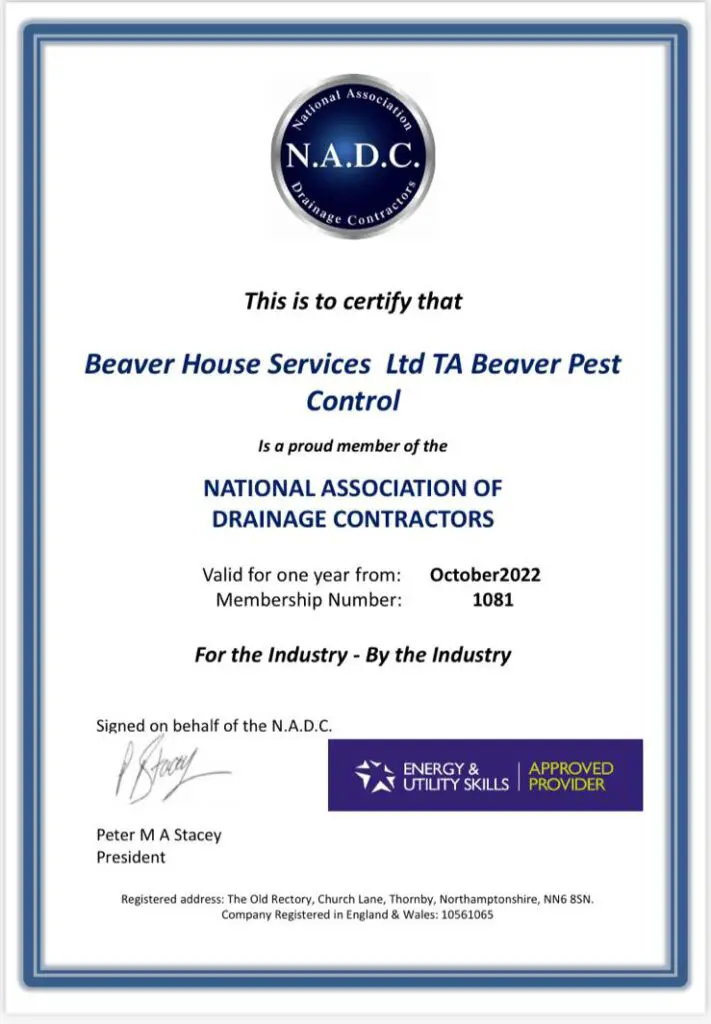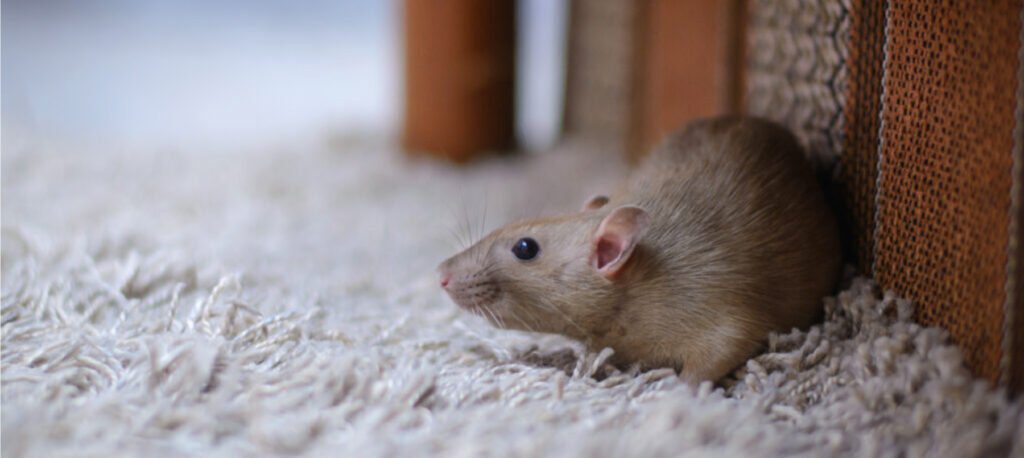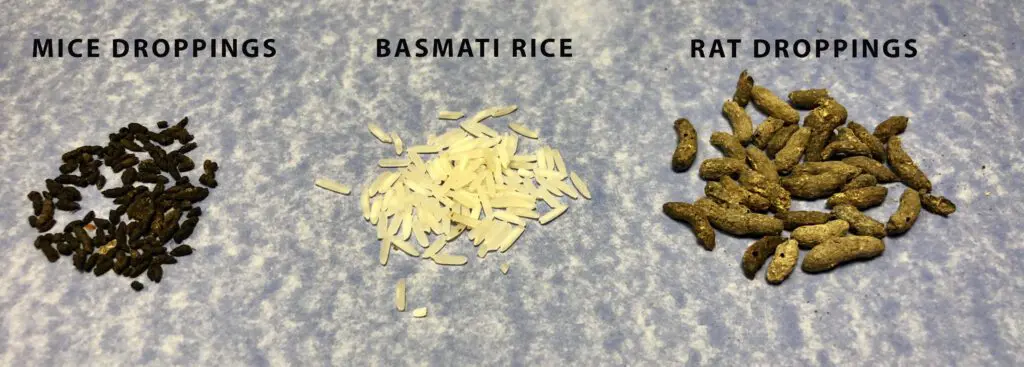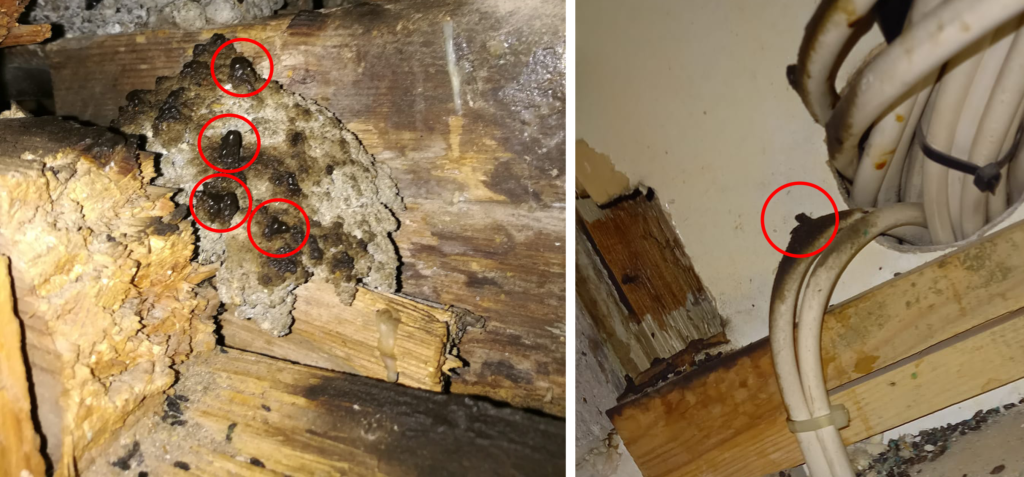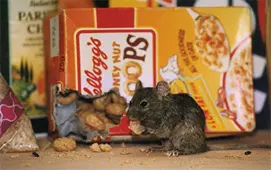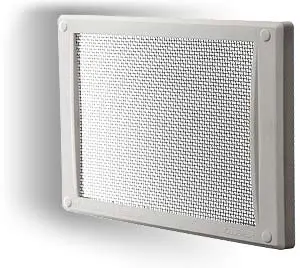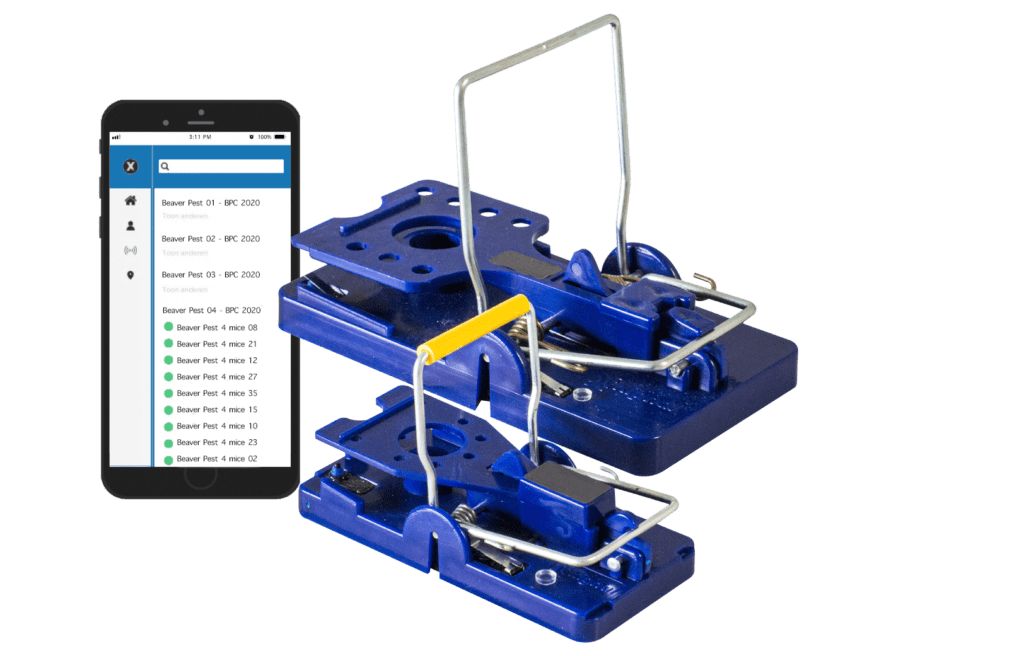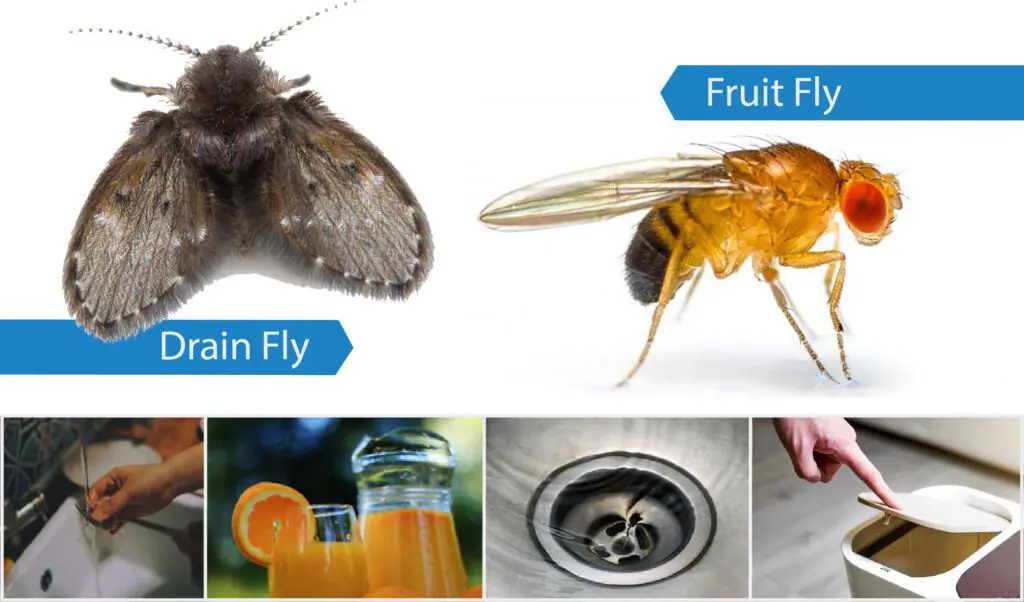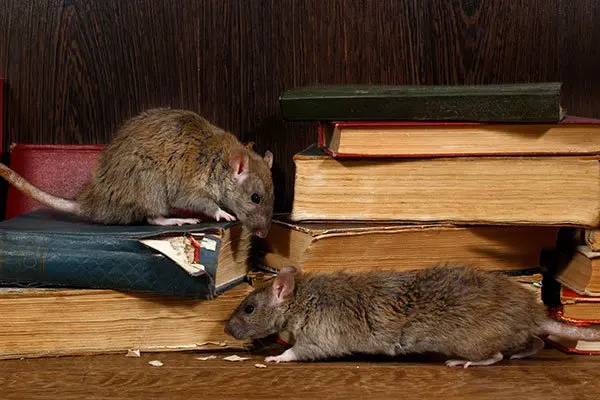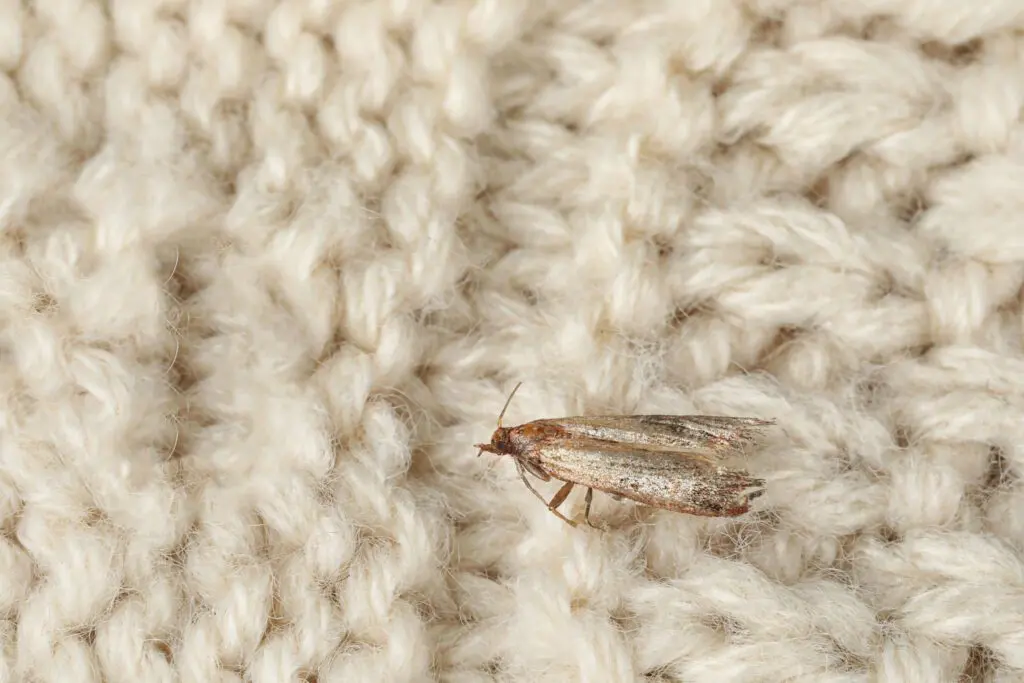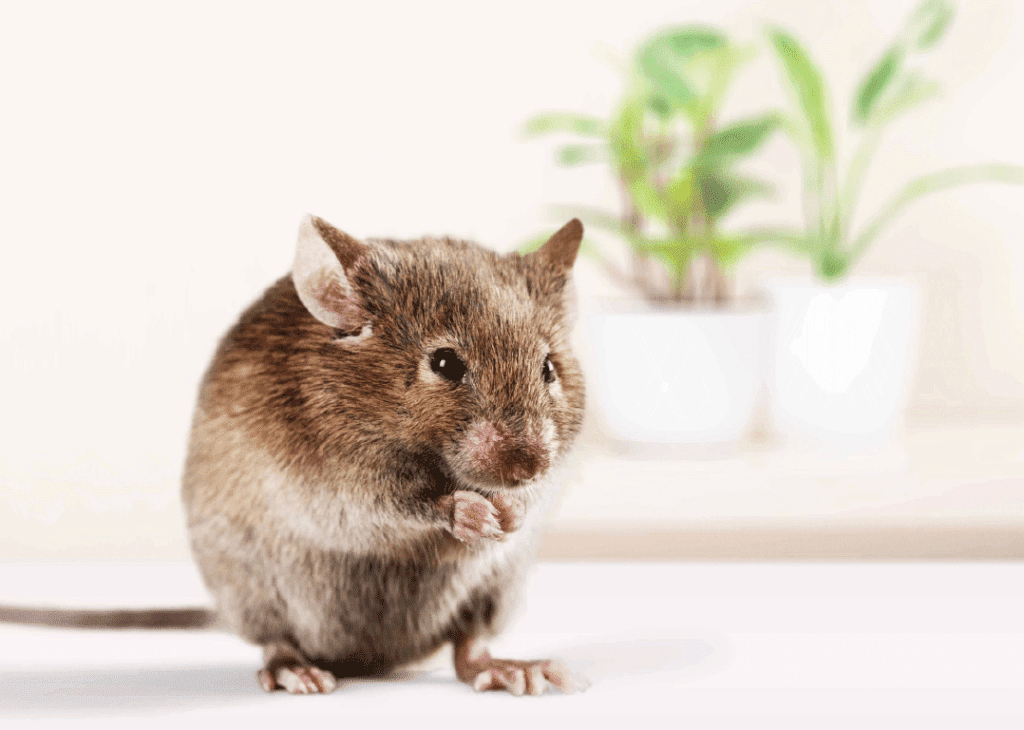When it comes to providing a healthy and safe learning environment for students and staff, school pest control is crucial. Pests like rodents, bed bugs, and cockroaches can pose serious health risks and also cause disruption. If you’re a school in London, you need to prioritise pest control to ensure a clean and healthy learning environment.
Importance of Pest Control for Schools
School pest control is important because pests can cause health problems, including allergies, asthma, and infections. Pests can also damage property, contaminate food, and create an unpleasant learning environment. The most common rodents affecting schools are:
Rodents
Rodents are common in schools in the UK for a variety of reasons. Firstly, schools provide an abundance of food sources, such as improperly stored snacks in students’ bags or crumbs left behind in classrooms and cafeteria areas. These attract rodents like rats and mice, which are known for their scavenging behaviour. Additionally, schools often have multiple entry points, including gaps in doors or windows, making it easier for rodents to enter and establish a presence within the premises. Furthermore, the warmth and shelter offered by school buildings make them attractive nesting sites for rodents seeking refuge from harsh weather conditions.
Cockroaches
Cockroaches are also commonly found in schools in the UK due to several factors. Firstly, these resilient pests are attracted to the ample food sources available in school settings, including spilt food, uncleaned crumbs, and improperly stored snacks. Cockroaches are known to feed on a wide range of organic matter, making schools an ideal environment for their survival and reproduction.
Flies
Flies are another common nuisance in schools throughout the UK, and their presence can be attributed to several factors. Firstly, flies are attracted to decaying organic matter, including food waste and garbage. Schools, with their bustling cafeterias and communal spaces, can generate a significant amount of organic waste, especially if proper waste management practices are not in place. The presence of uncovered food, spilt drinks, or unemptied rubbish bins can easily attract flies, leading to their infestation. Additionally, flies can enter school buildings through open doors and windows, especially during warmer months when ventilation is necessary. Lack of proper screens or other preventive measures can allow flies to enter freely.
Bedbugs
Bedbugs can be a common problem in boarding schools in the UK for several reasons. Firstly, the close proximity and shared living spaces in boarding schools create an ideal environment for bedbug infestations to spread quickly. These pests are notorious for hitchhiking on clothing, bedding, or personal belongings, allowing them to move easily between rooms and even travel with students when they return home during the school holidays. Furthermore, the dense population and constant occupancy of beds in dormitories provide ample hiding places and opportunities for bedbugs to feed on human blood during the night. If not addressed promptly, infestations can become widespread and persistent, affecting the overall well-being and comfort of students.
Birds
Birds can often be found in and around schools in the UK due to various factors. Firstly, schools are typically located in areas with green spaces, trees, and open areas that attract birds. These natural habitats provide birds with nesting opportunities, food sources, and shelter. Additionally, schools often have outdoor areas with gardens or playgrounds that offer additional attractions for birds, such as water sources, seeds, or insects. The presence of food waste or improperly managed garbage bins can also draw birds to school premises. Furthermore, the design of school buildings, including ledges, roofs, or open windows, can provide suitable perching or nesting sites for birds. While the presence of birds can add a natural and pleasant ambience, it is important to manage their populations to prevent potential issues such as droppings that can create health and hygiene concerns.
Professional Pest Control Services
If you’re a school in London or South East England, working with a professional pest control company is crucial specialising in school pest control. They will have the expertise, equipment, and experience to effectively control and prevent pest infestations in schools.
Benefits of Professional School Pest Control
Professional school pest control services in London can offer several benefits, including:
- Ensuring a safe and hygienic learning environment
- Reducing the risk of pest-related health problems
- Maintaining a good reputation for the school
- Protecting the school’s property and assets
To prevent pest infestations, schools can take several measures, including maintaining cleanliness, sealing entry points, disposing of rubbish properly, and repairing leaks and water damage. Regular pest control inspections and treatments by licensed professionals are also essential to prevent and control infestations. Professional school pest control in London is crucial to maintain a healthy and safe learning environment for students and staff.
By working with a reputable pest control company, schools can prevent and control pest infestations effectively. Don’t compromise the health and safety of your school community – prioritise pest control today.
Contact Beaver Pest Control on 020 8355 3443 for more advice or a free survey from one of our experienced surveyors.



